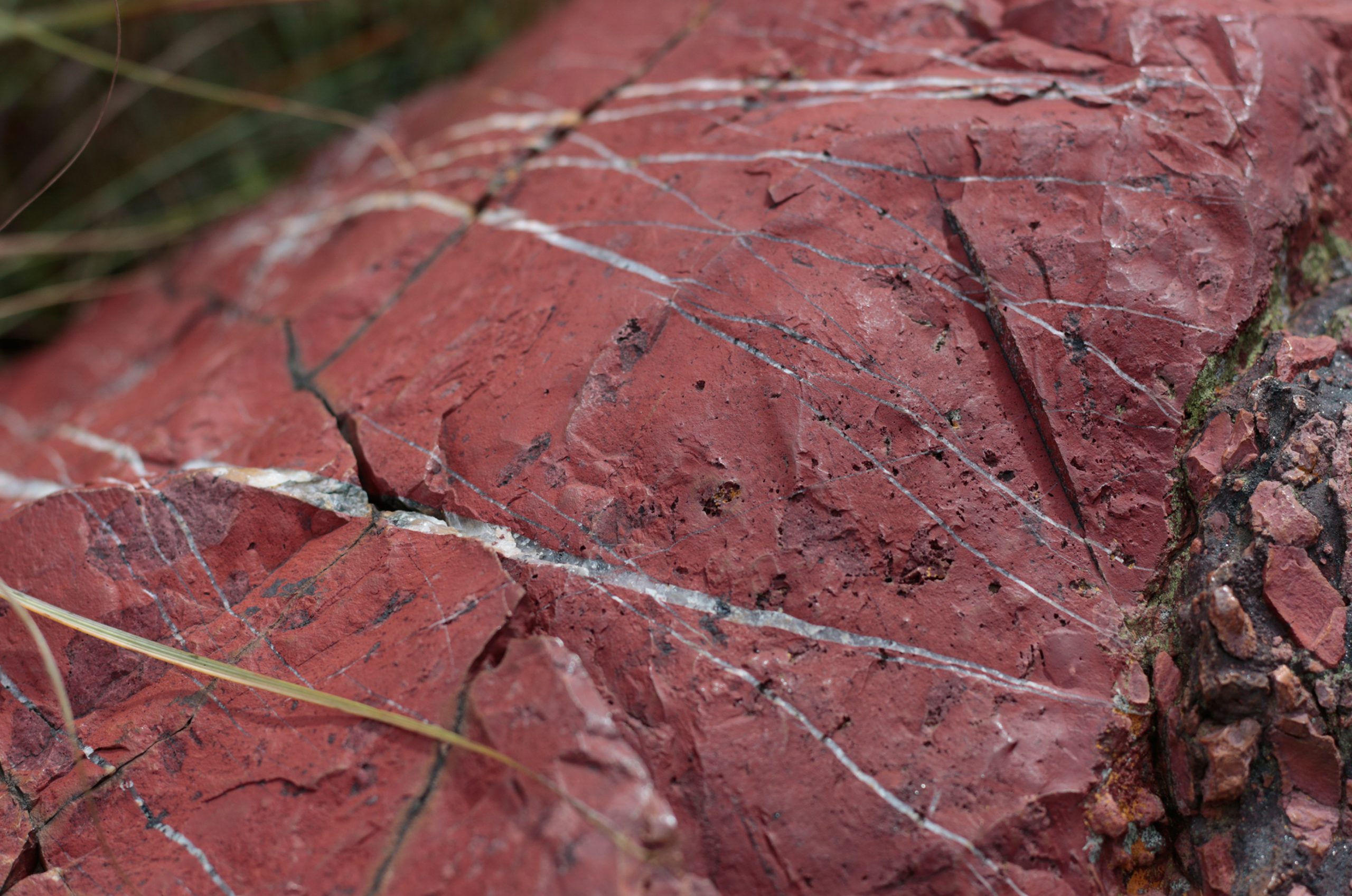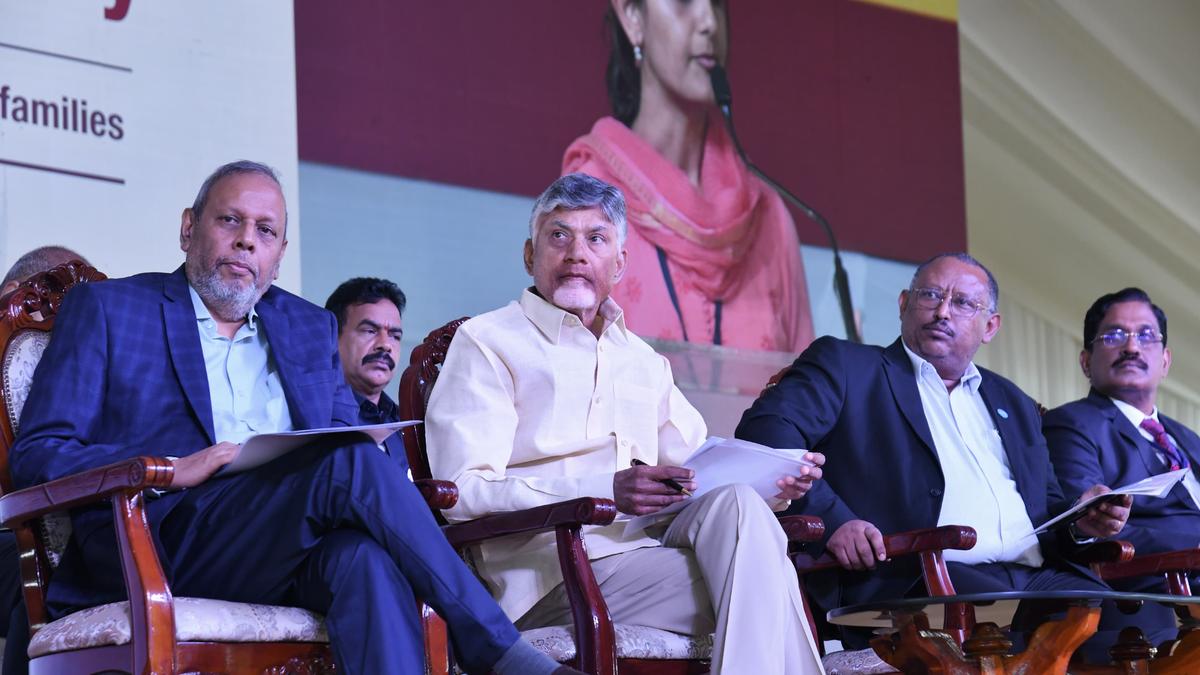Now Reading: Stone Age Communities Traveled Miles for Rare Tool Materials Like Red Jasper
-
01
Stone Age Communities Traveled Miles for Rare Tool Materials Like Red Jasper
Stone Age Communities Traveled Miles for Rare Tool Materials Like Red Jasper

Quick Summary
- Stone Age Toolmaking: New study uncovers that stone Age hunter-gatherers in southern Africa specifically traveled distances of 18 to 62 miles to source colorful stones like red jasper and green chalcedony for toolmaking, approximately 40,000 years ago.
- Study Findings: Chemical analysis techniques identified Eswatini’s Mgwayiza Valley as the origin of these stones found at four Stone Age sites. Rivers helped transport some stones naturally; however, humans carried others great distances intentionally.
- Methodology used: researchers applied neutron activation analysis to trace the chemical “fingerprints” of tools and match them with local rock deposits; this minimally destructive approach involves using radioactivity to determine composition.
- Patterns and Trends: Red jasper became more commonly used than green chalcedony after around 30,000 years ago, signifying purposeful material choices that may have varied over time.
- Cultural Mystery: While colorful stones hold symbolic value today, their significance in Stone Age cultures remains speculative according to study authors.
Link for more information: Read More
Indian Opinion Analysis
This study highlights how early humans demonstrated selective resource acquisition strategies-traveling extensively for specific materials despite meaningful logistical challenges nearly 40 millennia ago. While focused geographically outside India (southern Africa), its findings provide insights into worldwide aspects of human ingenuity and craft during the prehistoric period.
For India, which boasts one of the world’s richest archaeological heritages-including its own Stone Age discoveries-the research underscores the importance of reevaluating tool-making practices not just as acts driven by utility but also potentially influenced by aesthetics or symbolism even in ancient times. Moreover, learning about cross-surroundings interactions sheds light on early trade networks-or proto-economic behaviors-that are relevant both globally and locally.
Indian archaeologists might find inspiration from analytical techniques such as neutron activation analysis highlighted here for studying domestic contexts precisely without overly destructive impact-a method applicable across regions rich with similar lithic artifacts like India’s Deccan Plateau or Central Indian rock shelters.
Understanding such foundational human behaviors can deepen appreciation for India’s heritage while joining broader conversations about our shared history worldwide.



























